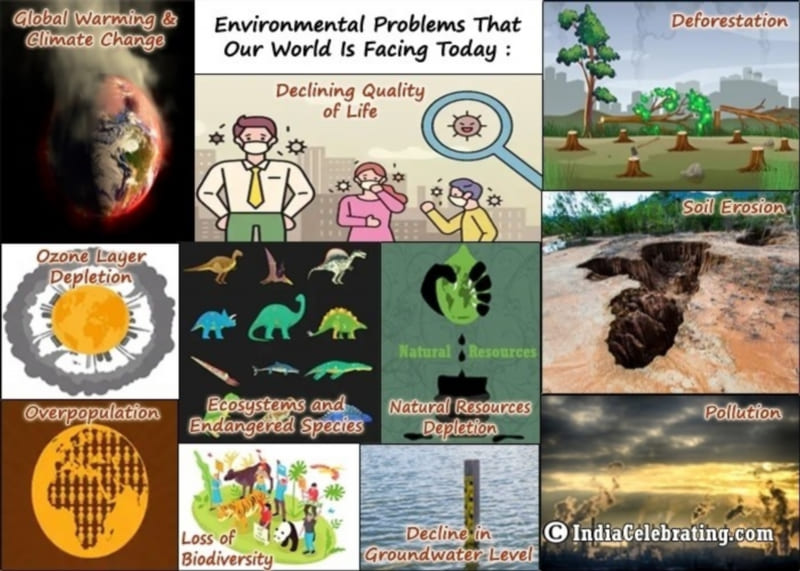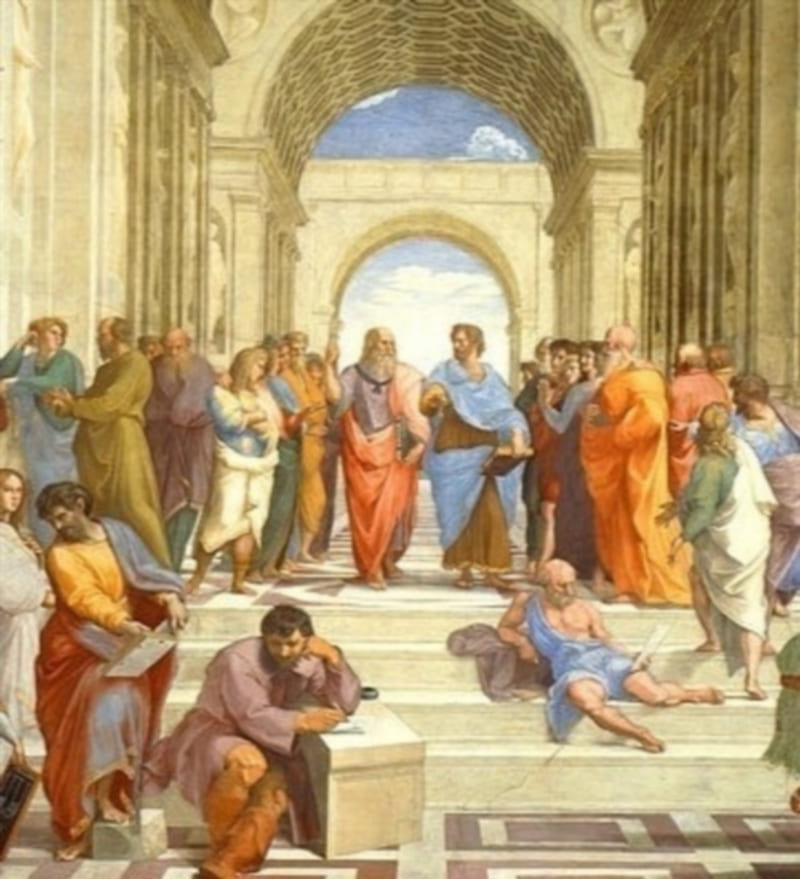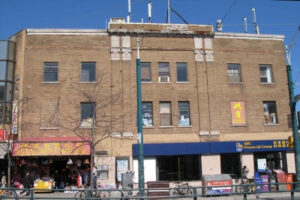A trip down memory lane: We all remember the events of 2011 – a year marked by various challenges and changes globally. Amidst these, the Peace Bridge was a subject of much debate. Now, you might wonder, why is a bridge grabbing headlines? Let’s dive deep into the undercurrents of the past and understand why.
1. Historical Significance and Modern Implications
The Peace Bridge has always been more than just a physical structure connecting two locations. It stands as a symbol of unity, hope, and peace between nations. In 2011, however, the bridge found itself amidst whirlwinds of political, economic, and environmental debates.
The Roots: Understanding the Peace Bridge means stepping back to when it was first conceptualized. Its construction aimed to foster better relations, trade, and mutual understanding between neighbors. Over the decades, it has stood firm, witnessing world wars, economic downturns, and social upheavals.
Modern Implications: By 2011, with the globalized world order, the Peace Bridge had transformed into a vital artery for trade and tourism. Any disruptions or controversies surrounding it were bound to ripple through the economic and diplomatic spheres.
2. The Environmental Concerns: A Thorny Issue

You know what they say, “A butterfly flaps its wings in Brazil, and a tornado occurs in Texas.” Likewise, the impact of the Peace Bridge had far-reaching environmental implications.
Pollution and Ecosystem: With increased traffic came heightened pollution. Studies hinted at the adverse effects of vehicular emissions on the surrounding environment. There was growing concern over the disruption of local flora and fauna.
Renovation Plans and Environmentalists: Talk about being caught between a rock and a hard place! While some argued for the bridge’s expansion to accommodate growing traffic, environmentalists were up in arms, fearing the further destruction of delicate ecosystems. For an in-depth analysis, see this article from National Geographic.
3. Economic Implications: Counting More Than Just Pennies
Alright, let’s talk moolah! Beyond the environment, the bridge’s state directly impacted economies on both sides.
Trade Disruptions: An issue with the Peace Bridge wasn’t just a headline grabber but could potentially disrupt trade. Goods worth billions crossed this bridge, and any hold-up or deterioration would spell trouble for businesses.
Tourism and Local Economies: On the bright side, tourism thrived. With scenic views and symbolic importance, the bridge attracted many. However, any negative press or actual problems would deter tourists, affecting local businesses.
4. Political Tug-of-War: Who Pulls Harder?
Politics and infrastructure often go hand-in-hand, and the Peace Bridge was no exception.
Bilateral Relations: You’d think a bridge named “Peace” would be free from political drama, but alas! The state of the bridge often mirrored the state of bilateral relations between the two neighboring countries. Any decision on renovations or changes became politically charged.
Local Politics: Not just international, but local politics played a part too. Parties used the bridge as a rallying point, often complicating matters further. For a deeper understanding, Wikipedia offers a comprehensive history of the political aspects surrounding the bridge.
5. The Emotional and Cultural Angle: More Than Just Bricks and Mortar
To many, the Peace Bridge wasn’t just a means to get from point A to B. It held sentimental value.
Cultural Events: Many events took place on or around the bridge, celebrating unity and friendship. These events brought communities together, forging bonds that transcended geographical boundaries.
Emotional Ties: For families and friends split between the two sides, the bridge was a lifeline. It wasn’t just about trade or politics; it was about reuniting with loved ones, sharing stories, and making memories.
In hindsight, the discussions and debates surrounding the Peace Bridge in 2011 were not just about a piece of infrastructure. It touched upon environmental, economic, political, and emotional chords. The Peace Bridge saga serves as a reminder that sometimes, a bridge can be a lot more than just a pathway.








